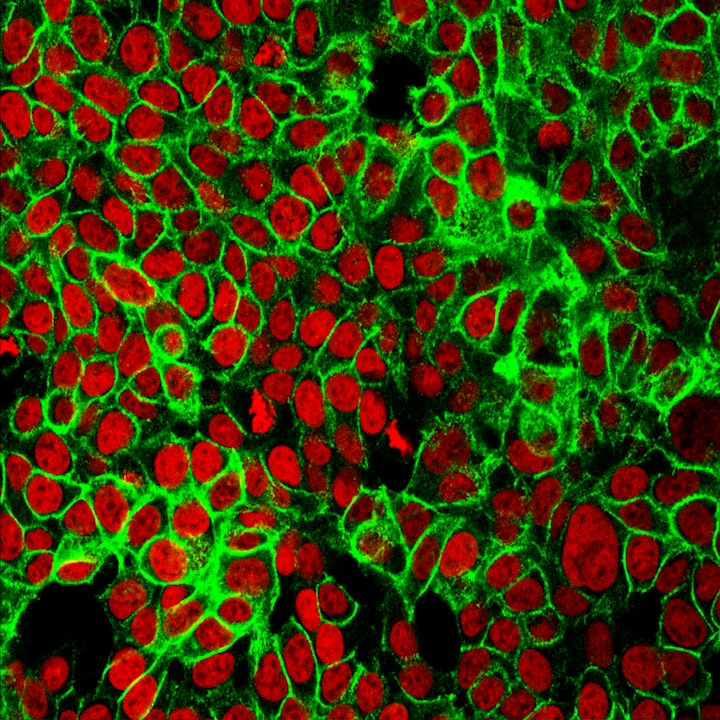Why Can Some Birds Mimic Human Speech But Chimpanzees Cannot?
Discover how birds can mimic human speech despite differences in avian speech physiology

The avian ability to mimic human language is a result of their unique physiology, particularly their vocal organ, the syrinx.
Unlike humans and chimpanzees, birds do not possess vocal cords.
Instead, the syrinx is located at the base of the trachea where the trachea splits into the bronchi.
The evolution of speech abilities in birds is closely linked to their vocal organ structure.
Being able to achieve a diverse range of vocalizations is advantageous for birds in terms of territorial defense, mate attraction, and social communication.
This impressive vocal flexibility enables certain avian species like parrots and mynas to mimic and replicate human speech patterns.
Chimpanzee Vocalization
Chimpanzees, our closest living relatives, have significant limitations in their ability to mimic human speech.
Unlike birds, chimpanzees have limitations in their vocal anatomy that hinder their ability to produce the intricate sounds of human speech.
Their vocal tract and larynx are not suited for the precise articulations required for human-like speech.
Moreover, the evolution of speech in humans is closely linked to the development of complex neurological, physiological, and cognitive adaptations, which are not entirely present in non-human primates.
It's essential to note that while chimpanzees have the cognitive capacity for communication and display a sophisticated range of vocalizations, their abilities to mimic human speech differ significantly from those of certain bird species.
As researchers continue to delve into the complexities of avian speech physiology, chimpanzee vocalization, and the evolution of speech abilities, a deeper understanding of the factors that contribute to the mimicry of human speech in some species, while restricting the capacity in others, will continue to unfold.






